Blue Girdled Angelfish
$109.99
-
Select Variant
The Blue Girdled Angelfish, also known as The Majestic Angelfish, has yellow scales that have blue margins. They also have an elongated dark blue band or girdle, which is affixed to faces and extends to the back. This girdle gets highlighted in bright blue borders.
Although a little shy, this angelfish is one of the most easy angelfishes to maintain. It needs a tank of at least 180 gallons with multiple hiding spots as well as live rock to graze. A Blue Girdled Angelfish is not an ideal reef dweller because it can be prone to nip at soft and stony corals (sessile invertebrates) and mantles of clams. It is generally not harmful to small-polyped corals or harmful soft corals.
The diet of Blue Girdled Angelfish must comprise vegetable matter, such as Spirulina or marine algae fleshy food items like mysis shrimp and premium angelfish dishes that contain sponges.
Approximate Purchase Size: Juvenile: Small 1-1/4" to 2", Medium 2" to 2-1/2", Large 2-1/2" to 3", Sub Adult: Small 2" to 2-1/2", Medium 2-1/2" to 3" Large 3" to 3-1/2" Adult: Small 1.5" to 2-3/4"; Small/Medium 2-3/4" to 3-1/4" Medium: 3-1/4" to 4-1/4"; Large: 5-1/4" to 6-1/4" X Large 6-1/4" to 7-1/2"
- Description
- Additional Information
- Reviews
General Information on Blue Girdled Angelfish
The Blue Girdled Angelfish, also known as the Majestic Angelfish, features yellow scales with blue margins and a distinct dark blue band, or girdle, extending from its face to the back. The girdle is adorned with vibrant neon blue borders.
Tank Requirements
- Requires a large tank size of at least 180 gallons.
- Plenty of hiding places and live rock are essential for grazing.
- Not ideal for reef tanks.
- Tends to nibble on soft and stony corals, as well as clam mantles.
- Generally does not harm small-polyped stony corals and less toxic soft corals.
- Omnivorous diet including tunicates, sponges, and vegetable-based foods.
- In captivity, feed a variety of vegetable-based foods and finely chopped meaty items like shrimp and scallop.
- Found throughout the Indo-Pacific region.
- Range includes Indonesia, Papua New Guinea, Philippines, Rowley Shoals, southern Great Barrier Reef, Palau, and Yap in Micronesia.
- Juvenile: Small 1-1/4" to 2"; Medium 2" to 2-1/2"; Large 2-1/2" to 3"
- Sub Adult: Small 2" to 2-1/2"; Medium 2-1/2" to 3"; Large 3" to 3-1/2"
- Adult: Small 1.5" to 2-3/4"; Small/Medium 2-3/4" to 3-1/4"; Medium: 3-1/4" to 4-1/4"; Medium/Large 4-1/4" to 5-1/4"; Large: 5-1/4" to 6-1/4"; X Large 6-1/4" to 7-1/2"
Links to follow:
size
Large, Medium, Small
Units
1
Weight
6 lbs
Dimensions
1 × 1 × 1 in


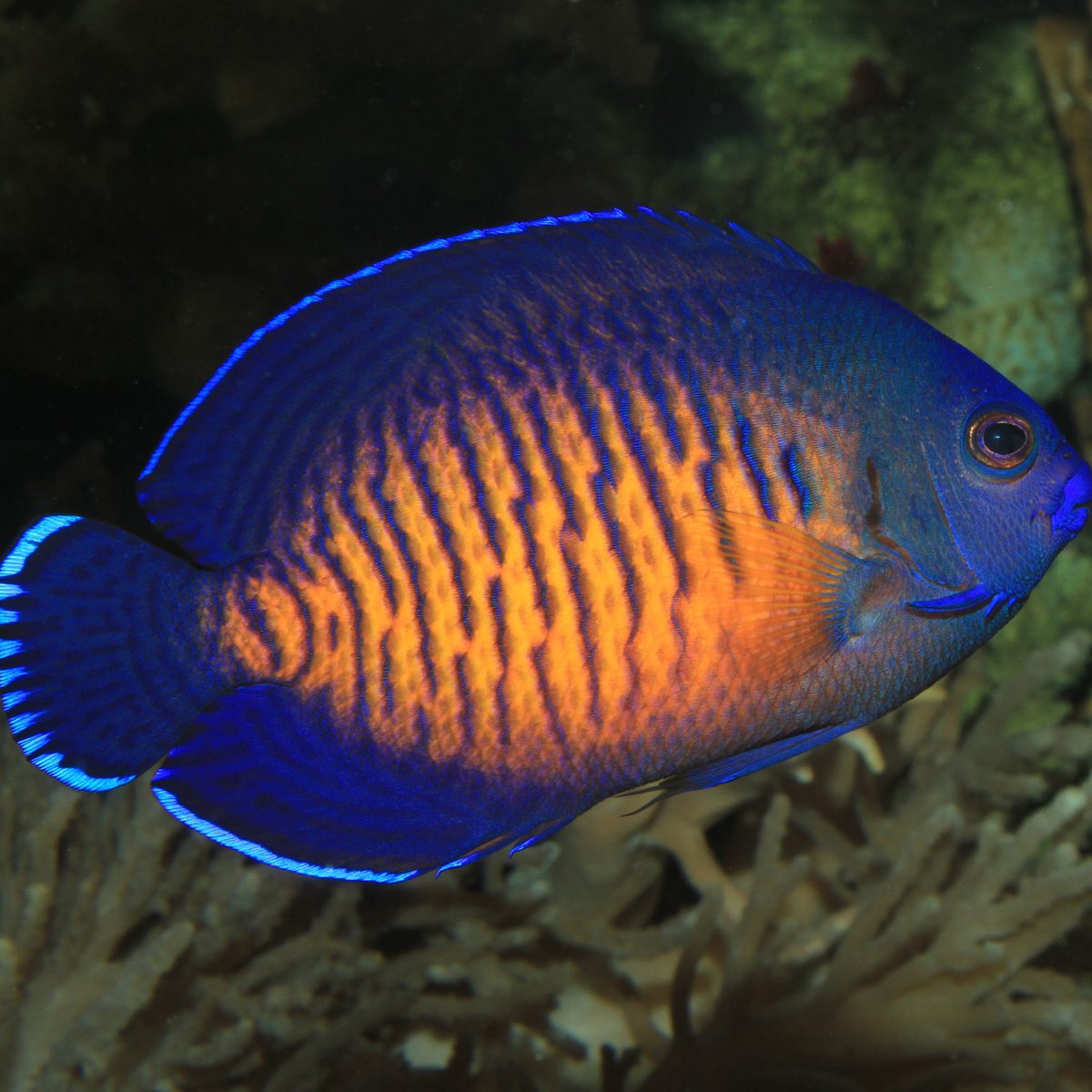
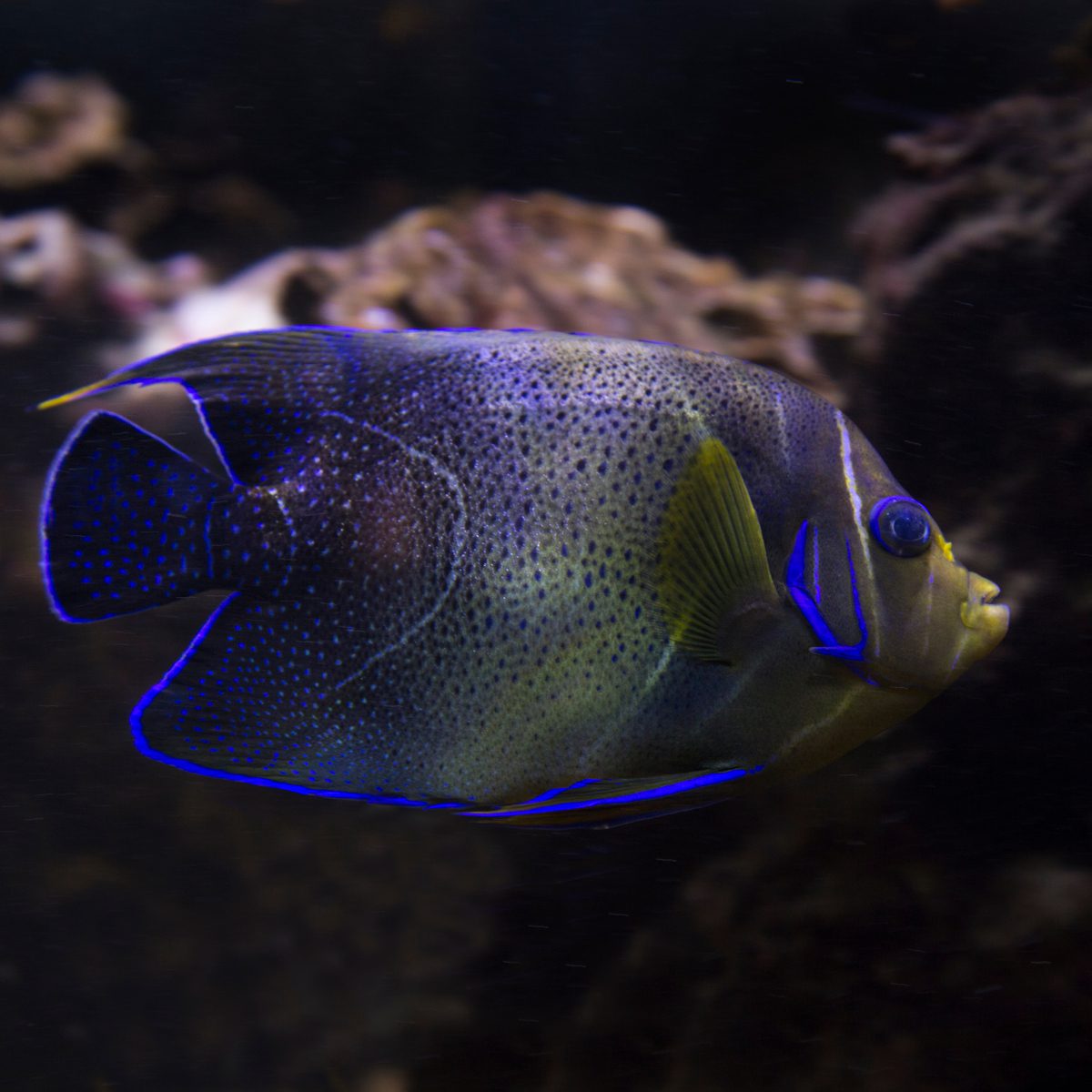
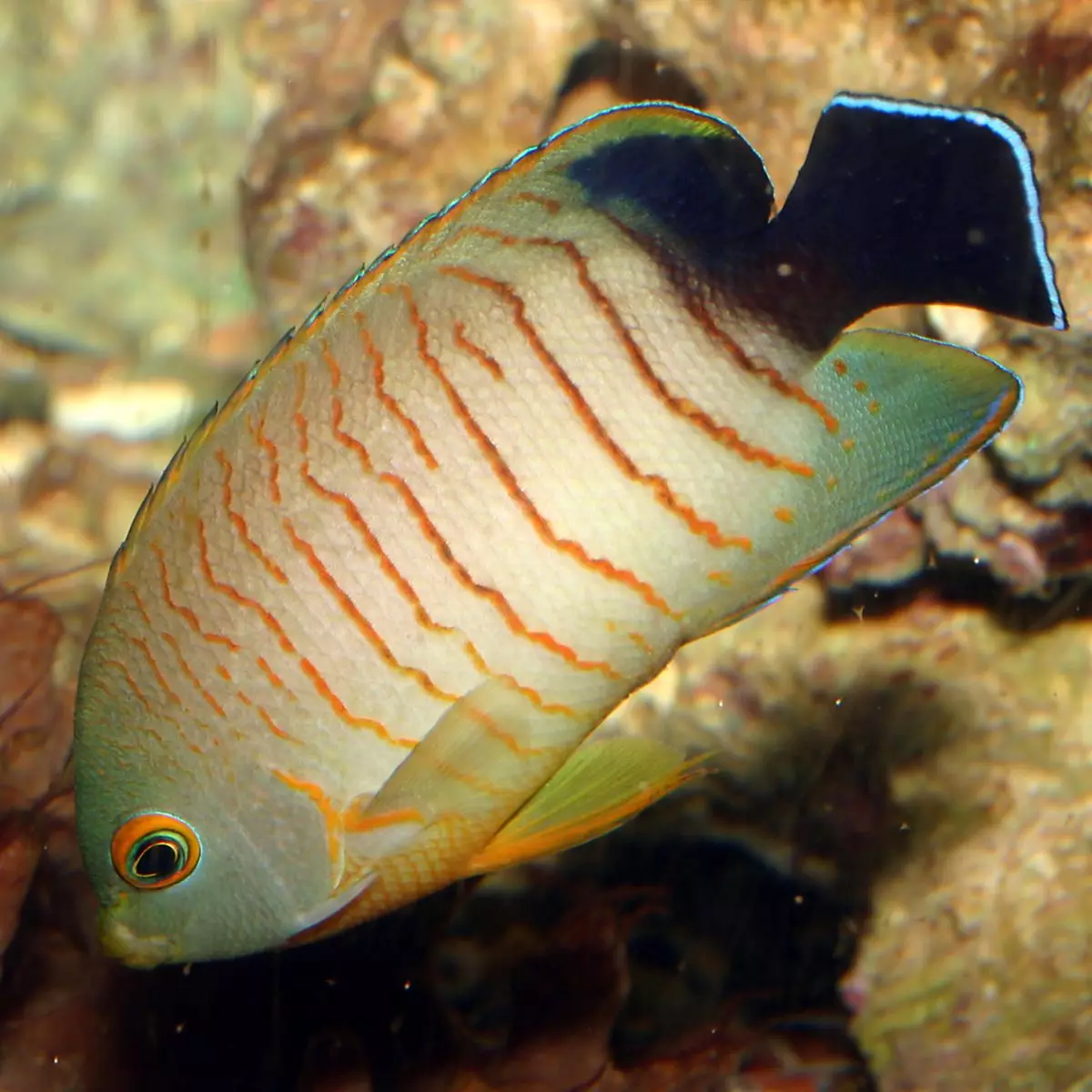
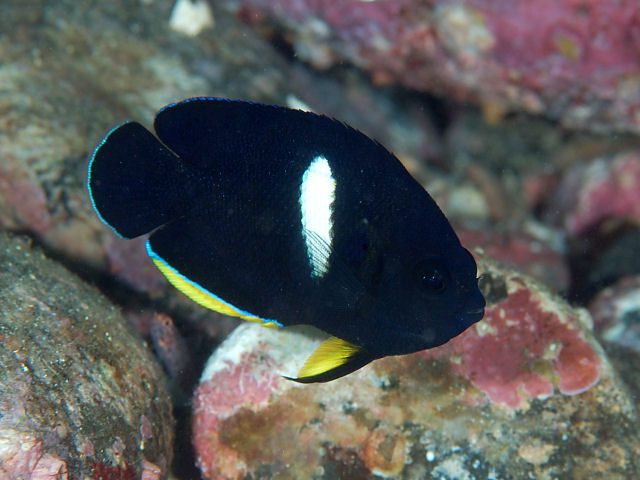
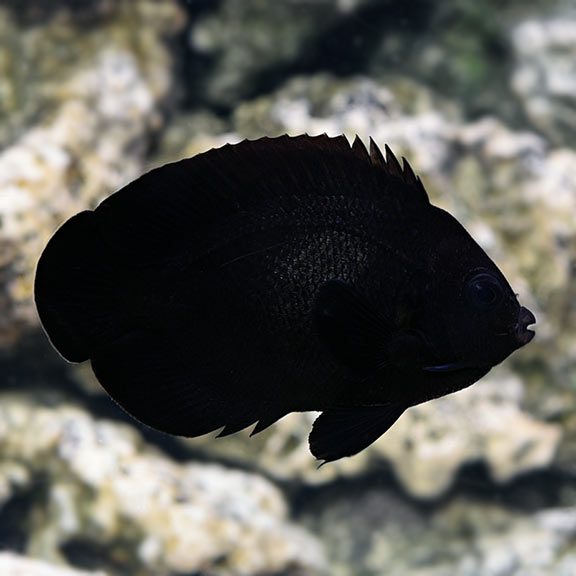
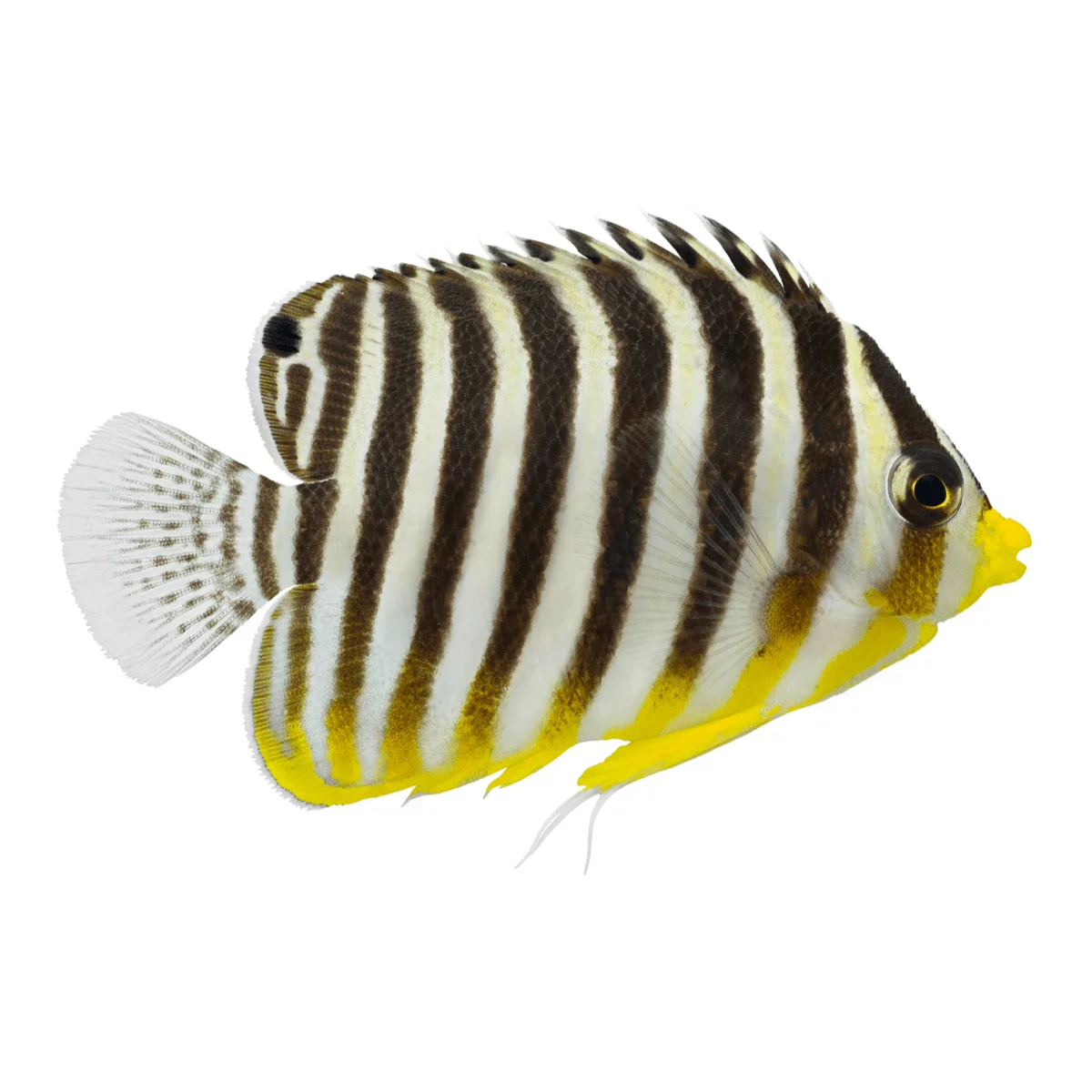
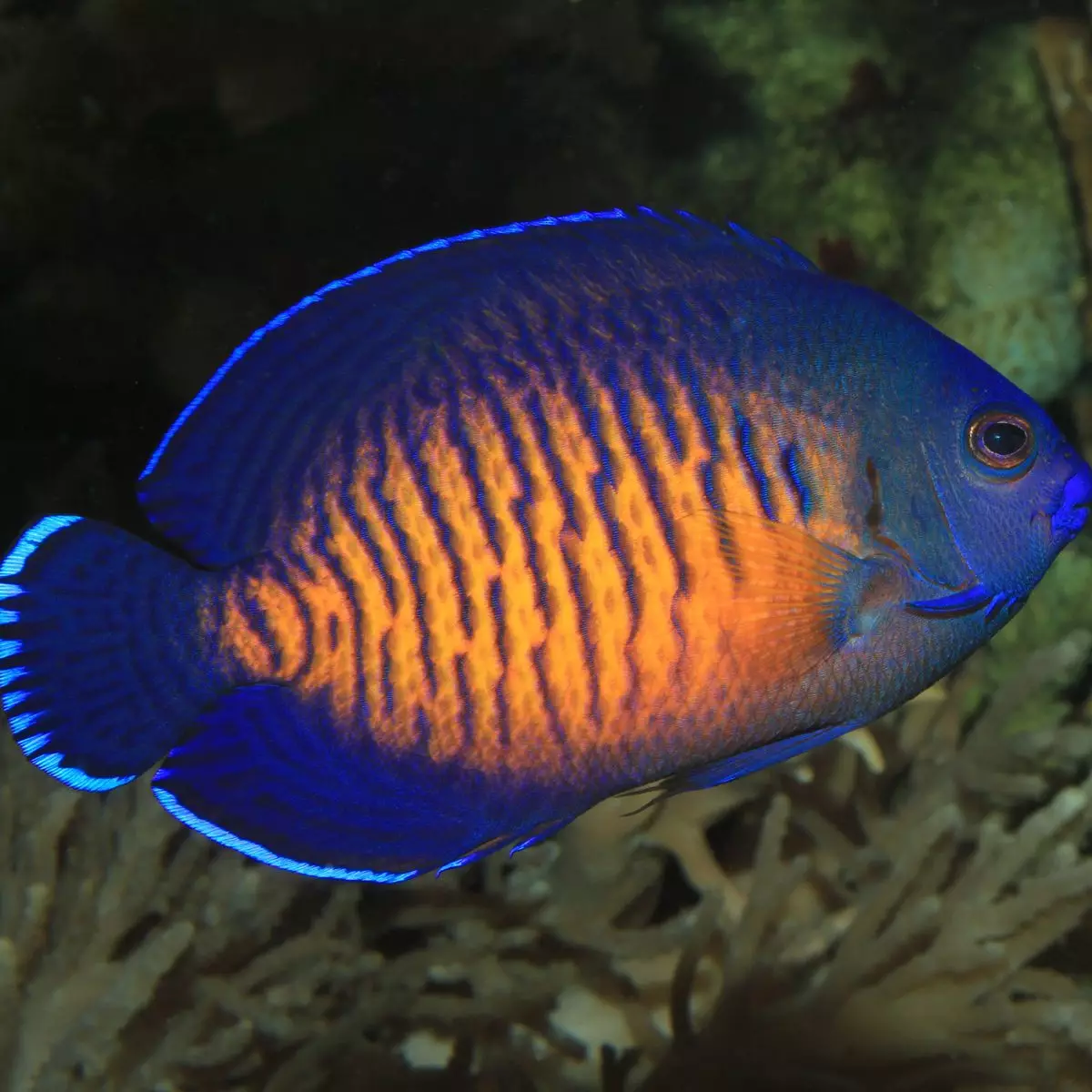
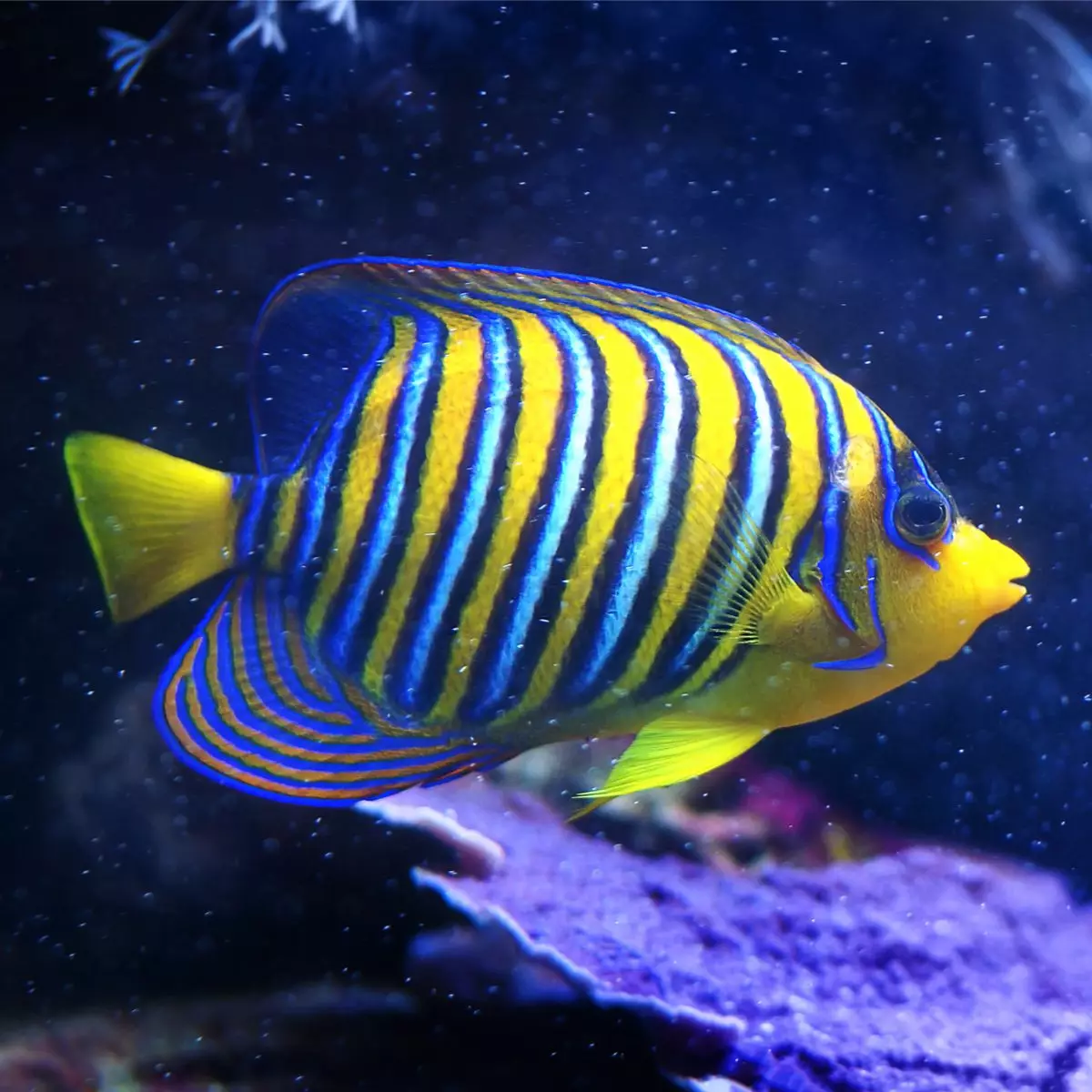
Reviews
There are no reviews yet.